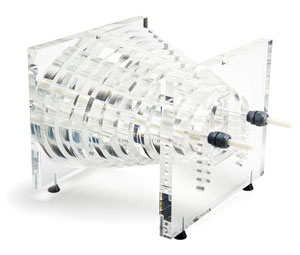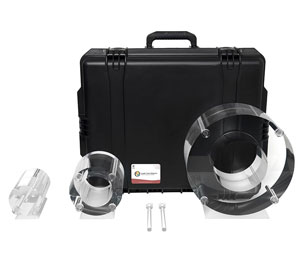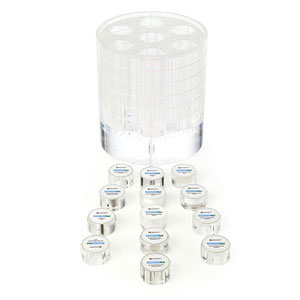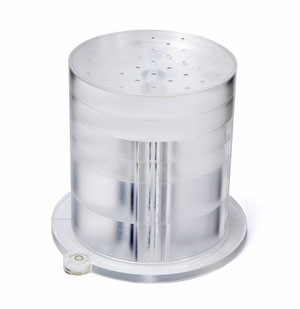CT AEC

CT AEC (Computed Tomography Automatic Exposure Control) phantom is used for constancy testing of CT AEC systems.
CT AEC includes:
- 11x PMMA ellipses of 25mm thickness (different height and width so that they can be re-configured into any order)
- Each step contains a central hole to accommodate a choice of:
– Blank inserts for AEC checks (supplied)
– Tubes to accommodate pencil ion chambers for dosimetry (supplied)
– SEDENTEXCTIQ image quality inserts (available separately) - 2 x sturdy end plates with integral carry handles and adjustable height and length nylon supports
- Spirit level and pigment-filled centre markings (for easy and reproducible positioning)
- Wheeled protective storm case with telescopic handle
This design is protected under Community Design Registration No. 002419572-0001
Also available with 50mm thick ellipses as CTAEC-50






